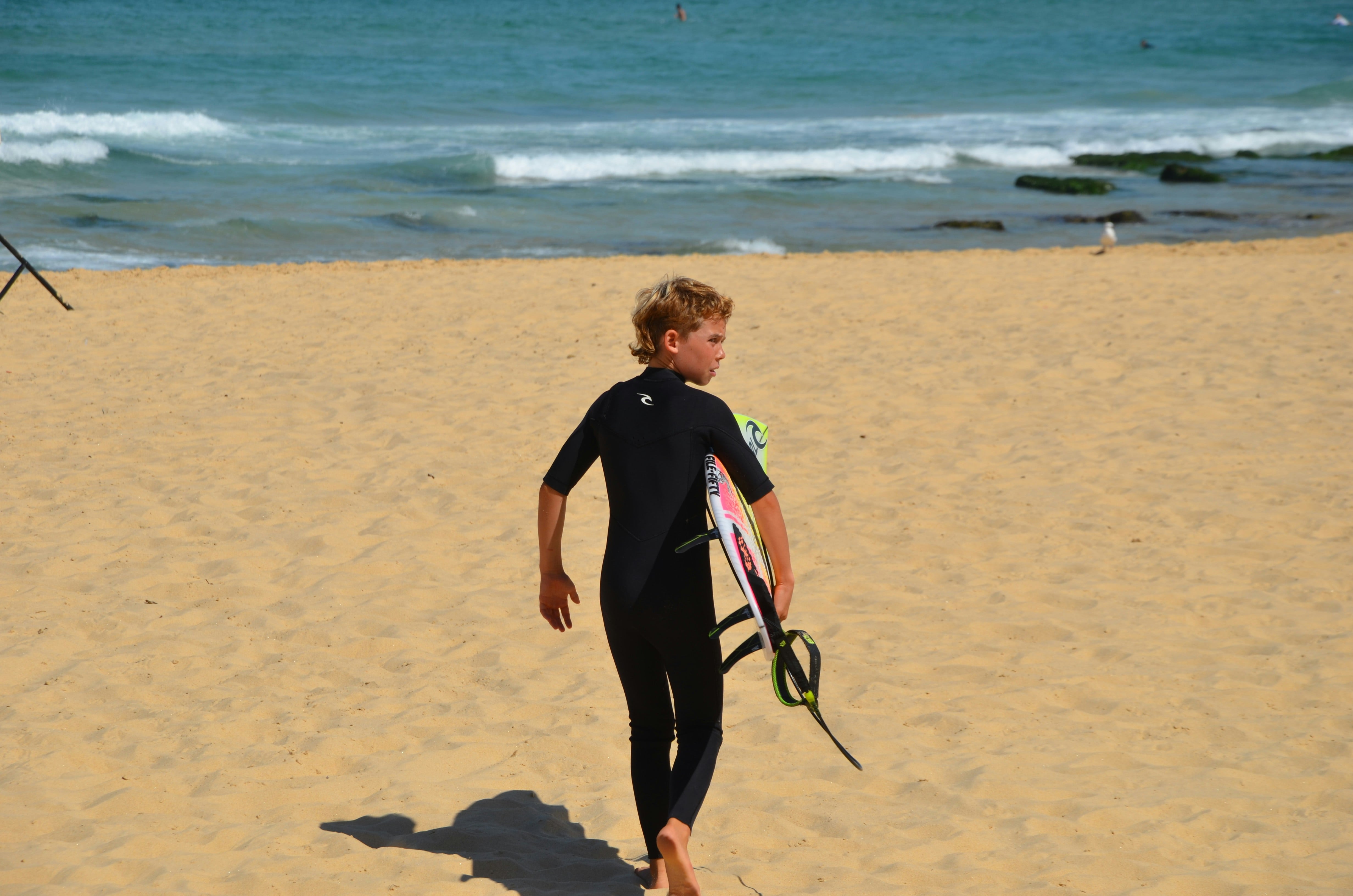
Author, Dr. Yetsa A Tuakli-Wosornu from the Sports Equity Lab has partnered with #WeRideTogether to collaborate and create this athlete-centered IOC Consensus Dissemination Project, which unpacks and elaborates on critical points from the IOC Consensus. The Dissemination Project will provide a 10-part series that highlights key takeaways from the IOC Consensus with visuals, activities, and social content that can be tangibly applied and integrated into sporting communities. This series aligns with the values and mission of both the Sports Equity Lab and #WeRideTogether to promote awareness on the topic of abuse in sports, eliminate inequities in sport, and provide everyone with accessible information on positive values and best practices to keep sports safe and healthy.
Key recommendations from the 2024 IOC Safeguarding Consensus include “encouraging sport that is athlete-centered, emphasizing mutual care and respect,” and reaching out to “unheard voices and integrat[ing] global perspectives” to improve and exemplify safer sport.1
Why engage young athletes' voices?
Safeguarding in sports is intended to proactively keep participants safe from harm. To safeguard effectively, organizations must accurately understand the risks within their sporting community and develop preventative measures and resources that are sensitive, holistic, and tailored to stakeholder needs.
This requires a democratic approach in which all voices are heard and considered to gain a comprehensive analysis of concerns across organizational programming.
However, sports often operate as “self-regulating, self- policing…[and] ‘a cultural and political island’ separate from society and beyond the universal scope of child protection regulations and state/government due processes.”2 Safeguarding initiatives are often absent or top-down, meaning they are initiated by leadership rather than being driven from the bottom up.3 Without the representation of young athletes, policies and initiatives frequently are underutilized and underresourced, resulting in safeguarding infrastructures that do not adequately meet the needs of all stakeholders. Gaps consequently disproportionately affect diverse and marginalized athletes, who do not have a seat at the table, and tend to experience violence in sport more frequently.
When perspectives from young athletes and participants who are involved in the day-to-day aspects of sport inform safeguarding measures, initiatives serve to empower athletes and better protect their welfare. Research shows that a balanced approach combining top-down and bottom-up approaches to policy design and implementation leads to the most impactful and practical innovative and radical change for sports organizations.4,5 By including, listening to, and responding to all participants in and around the sport, including young athletes, parents, coaches, and staff, and consistently and dynamically responding to stakeholder needs, organizations help ensure that the well-being of all participants in sport is heard and prioritized. This means that input from stakeholders is integrated into decision-making, which is then reinforced by leadership.
“Organizational culture change and using new methods, such as digital technologies, may help facilitate children’s voices effectively and mitigate abuse. It is also essential to ensure that marginalized groups, for example, culturally diverse, para, indigenous, gender and sexually diverse individuals, have their voices heard.”6 Check out Project Play's “Youth Sports Playbook - Ask Kids What They Want” for examples and ideas on how to solicit feedback and close the gaps systematically, and follow these steps below on how to engage young athletes’ voices7:
- Ensure accessibility
- Use clear, simple, and direct language in policies and codes of conduct.
- Post policies and codes of conduct in facilities with visuals and graphics.
- Provide policies and codes of conduct in downloadable formats online.
- Ensure there are confidentiality and retaliation protection measures in place to protect vulnerable stakeholders.
- Embed feedback avenues
- Include in-person and online comment boxes and features for anonymous feedback.
- Send short anonymous surveys at the beginning, middle, and end of the season for all athletes to complete electronically—see activity below.
- Include young athletes in policy creation and revision
- Invite athletes to safeguarding meetings, giving them a seat at the table to voice their concerns and listen to their input.
- Empower young athletes in leadership
- Make an Athlete Safety Ambassador position at your organization who can serve as a liaison between athletes and organizational leadership.
- Develop a Youth Athlete Safeguarding Board, where members of each team or program meet regularly to collect and reflect on the voices of their peers and report to organizational leadership.
- Demonstrate responsiveness, care, and respect
- Provide summary reports on a regular basis, outlining key concerns from young athletes and specifically how and what steps the organization has taken to mitigate risks.
- Work with external consultants and partners
- Partner with other experts to provide training, education, and support to address athlete concerns beyond the organizational scope, such as mental health or physical health support.
Activity
Use these short, anonymous survey questions to determine how well your organization is doing with its safeguarding efforts. Please find survey creation instructions below.
Instructions:
- Go to Google Forms (visit forms.google.com).
- Click the blank form (+) to start a new survey.
- Type in your survey title and description.
- An example title could be “May 2025 Safeguarding Survey” (include date to keep track of surveys and their corresponding responses).
- An example description could be “Please complete the following anonymous survey to help our organization improve our safeguarding efforts.”
- Add survey questions (see next page). Use the plus (+) button on the right to add questions.
- In this case, you’ll only add Yes/No questions (a form of multiple-choice questions) and long-answer questions, which will be labeled as Paragraph in Google Forms.
- If you want all questions answered, you must mark them as Required.
- Turn off Name & Email Collection: In the top-right, click Settings (it will look like a tab).
- Under the Settings tab, click on the Responses tab:
- Uncheck “Collect email addresses.”
- Uncheck “Limit to 1 response” (this setting forces sign-in).
- Please note, even if you make the survey anonymous, if your organization uses Google Workspace with sign-in required, check that the “Restrict to [yourorg.com] users” box is unchecked in settings — otherwise responses will still be tied to accounts.
- Under the Settings tab, click on the Responses tab:
- Do not include a “Name” question
- Share your survey (click the Send button at the top right).
- Choose the link icon and copy the link. You can shorten the URL by checking “Shorten URL.”
- Share the link via email or social media.
- Responses will appear in the Responses tab.
- You can click the green Sheets icon to export results into Google Sheets for analysis.
- Ensure that responses will be kept in a secure and confidential manner.
Survey Questions:
- Do you know what to do if someone makes you feel uncomfortable or unsafe? (Yes/No)
- Do you feel respected by other athletes? (Yes/No)
- Do you feel respected by coaches and athletic staff? (Yes/No)
- Do you feel safe at the facility? (Yes/No)
- Do you feel safe during practice? (Yes/No)
- Do you know how to report abuse or misconduct? (Yes/No)
- Do coaches or athletic staff try to contact you via text or social media? (Yes/No)
- Does the organization and other teammates ask your permission before taking photos or posting them? (Yes/No)
- Has anyone touched you without your permission? (Yes/No)
- Has anyone touched you in a way that made you feel uncomfortable or that was inappropriate? (Yes/No)
- Do you feel safe during travel with your team? (Yes/No)
- Have you seen coaches or staff give gifts or show favoritism to you or other athletes? (Yes/No)
- Do you feel included on your team and at the organization? (Yes/No)
- What's your favorite or the best part of playing your sport? (Open Ended/Text Box)
- What’s your least favorite or the worst part of playing your sport? (Open Ended/Text Box)
- What’s one thing the organization, your coach, or your team could do to make your experience better? (Open Ended/Text Box)
Kathryn McClain, MSW, MBA
Program and Partnerships Director at #WeRideTogether
kmcclain@weridetogether.today
Footnotes
- Tuakli-Wosornu Y. A. et al., 2024, 1324
- Tuakli-Wosornu Y. A. et al., 2024, 1333
- Everley, S., 2022
- Yaping, Li., 2023
- von Schomberg, L., et al. 2025
- Tuakli-Wosornu Y. A. et al., 2024, 1335
- Project Play, n.d.
References
- Everley, S. (2022). Listening to children's voices in UK sports clubs: A Foucauldian analysis. Child Abuse Review. 31(4): 2. https://doi.org/10.1002/car.2753
- Li, Yaping. (2023). The Influence of Top-Down Mode and Bottom-up Mode to National Innovation and Entrepreneurship. Journal of Innovation and Development. 2:158-161. 10.54097/jid.v2i3.7640
- Project Play. (n.d.). Ask kids what they want. Youth Sports Playbook. Aspen Institute. Retrieved September 2025, from https://projectplay.org/youth-sports/playbook/ask-kids-what-they-want
- Tuakli-Wosornu Y.A., Burrows K., Fasting K., et al. (2024). IOC consensus statement: interpersonal violence and safeguarding in sport. British Journal of Sports Medicine. 58:1322-1344. https://doi.org/10.1136/bjsports-2024-10876
- von Schomberg, L., De Vita, K., Ghinoi, S., De Vita, R., & O’Rourke, G. (2025). Innovation in sport organisations: the role of formal organisational structures and informal networks. Sport Management Review, 1–28. https://doi.org/10.1080/14413523.2025.2534245
-min.jpg)



